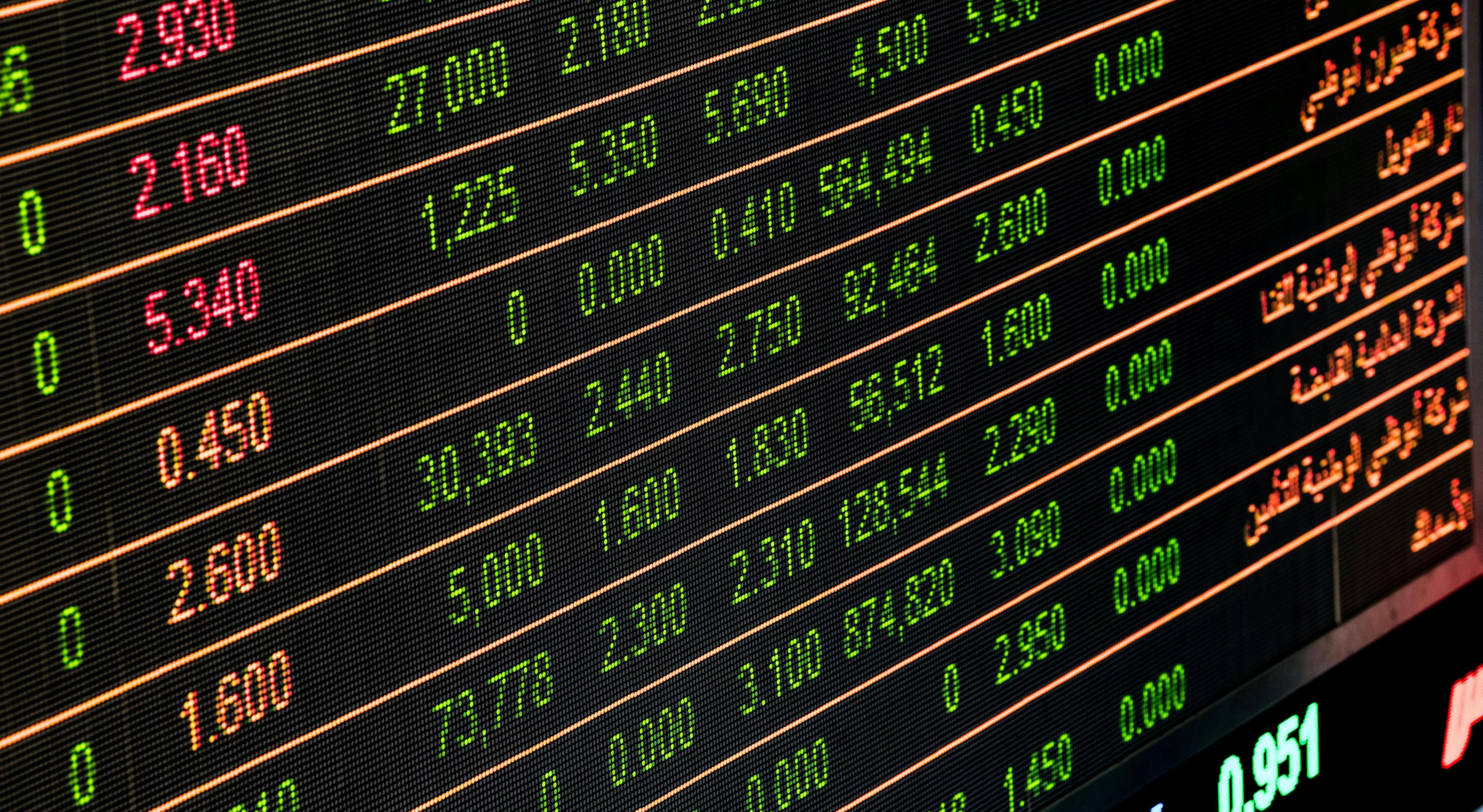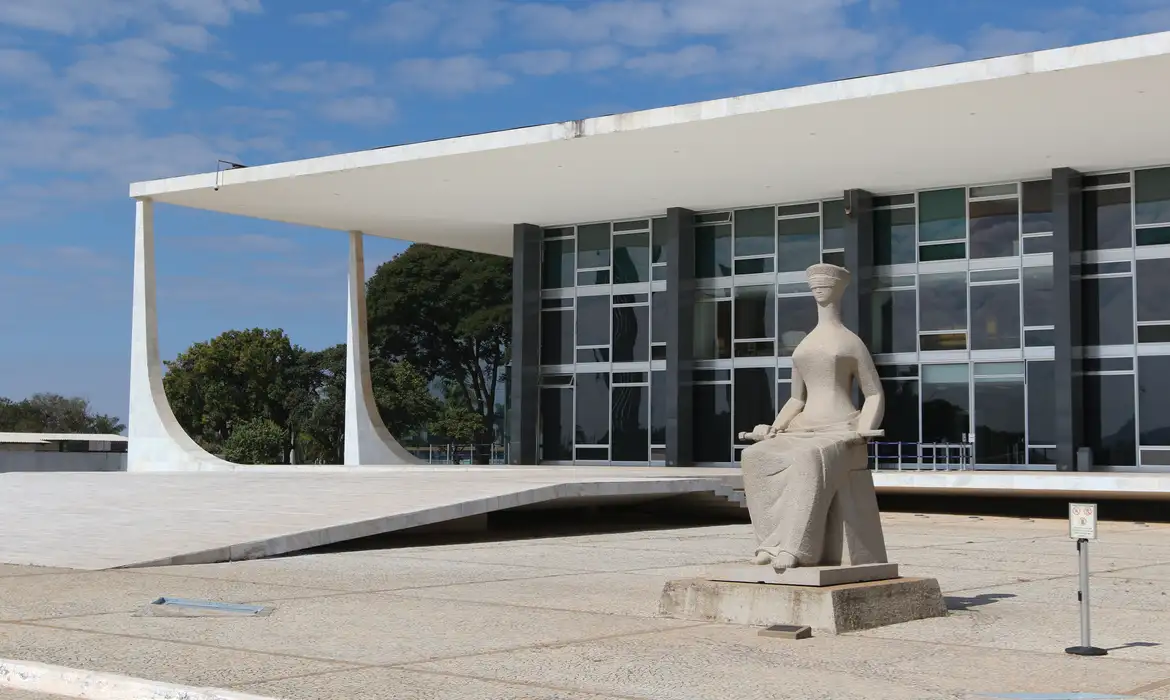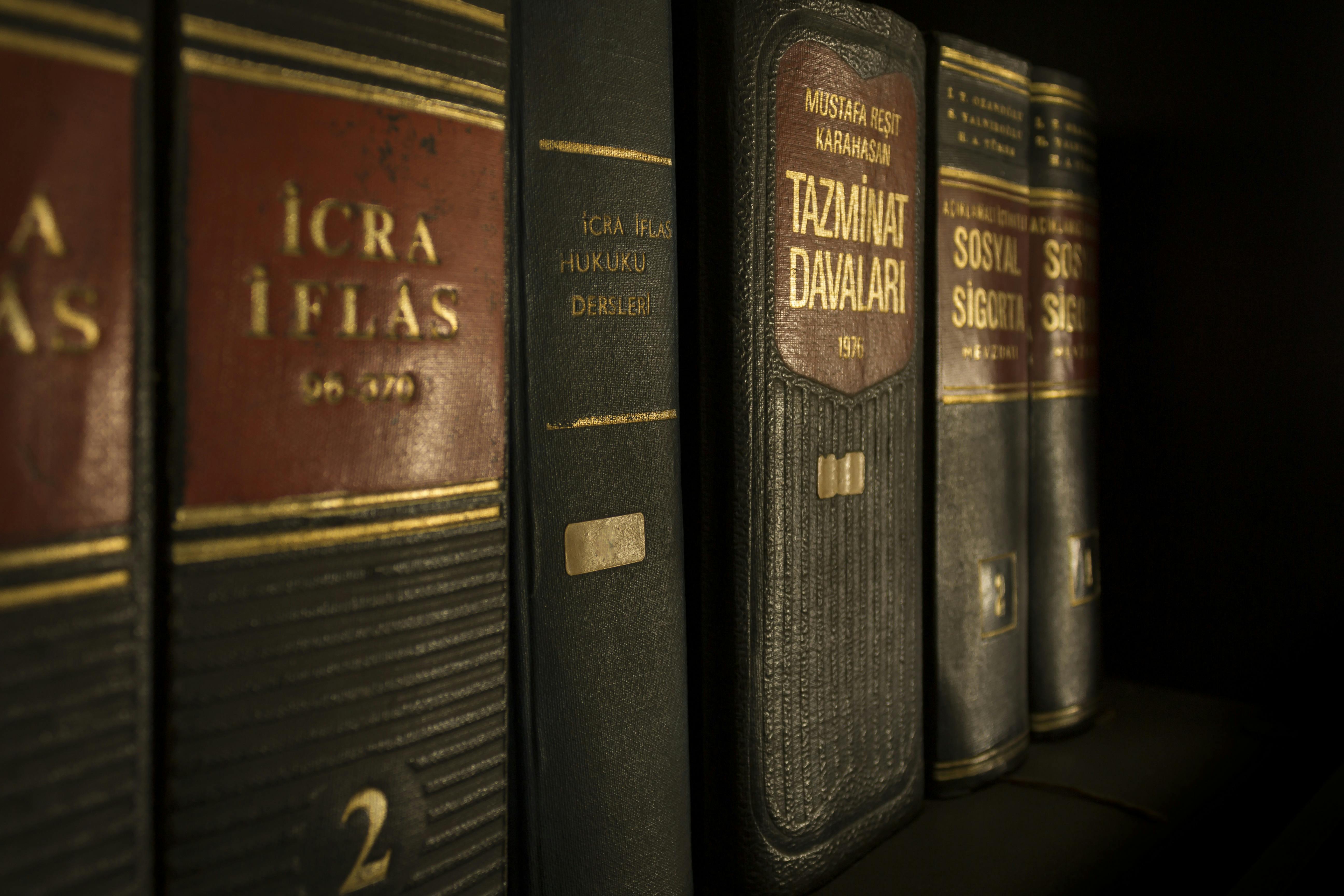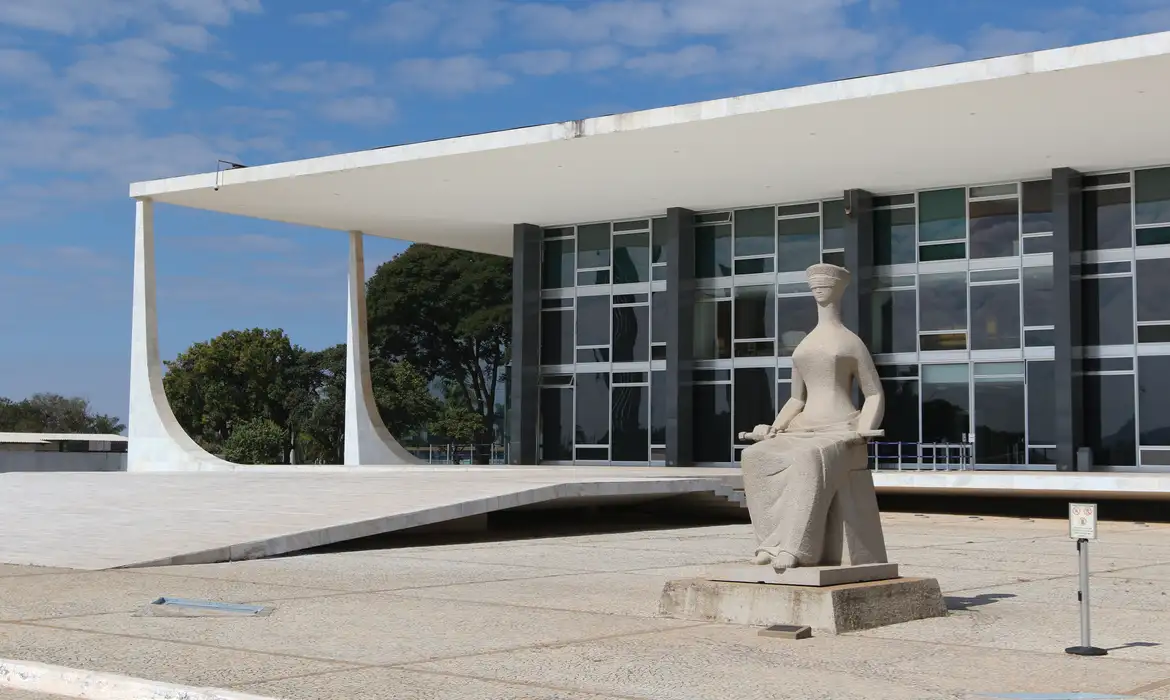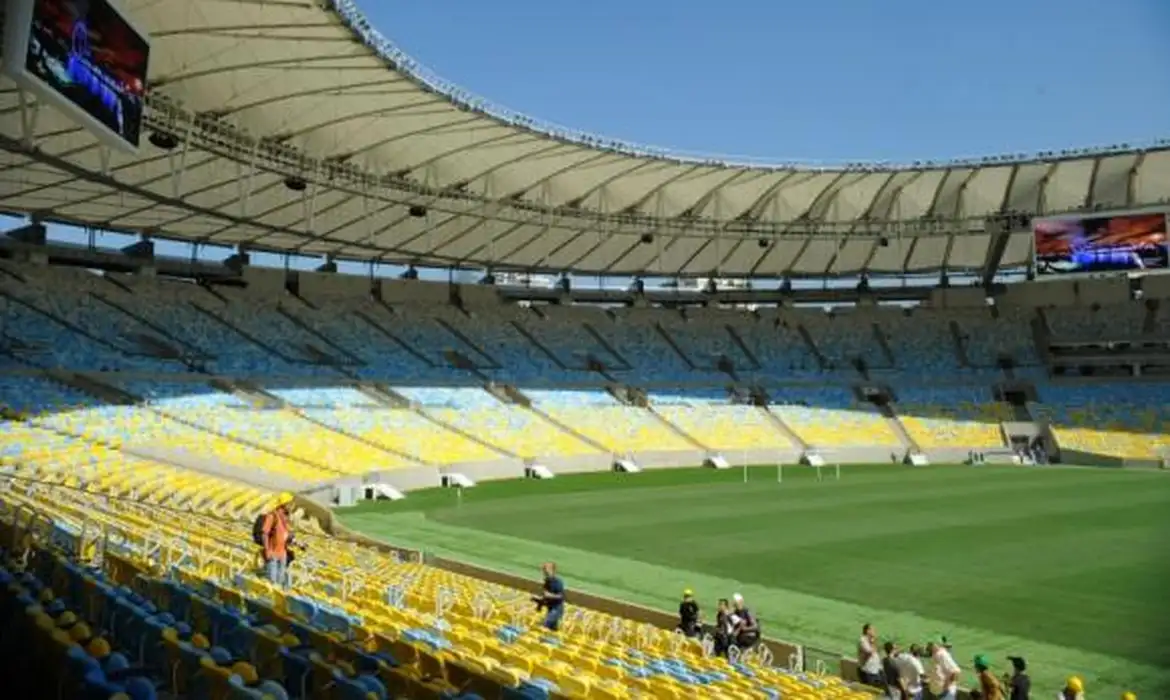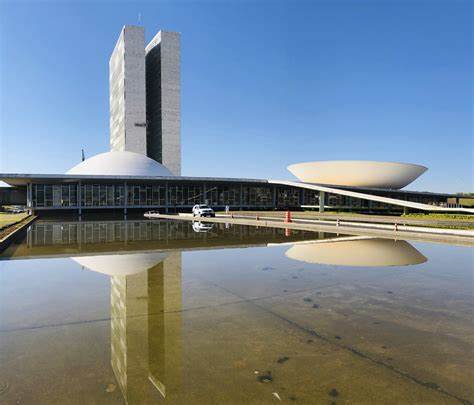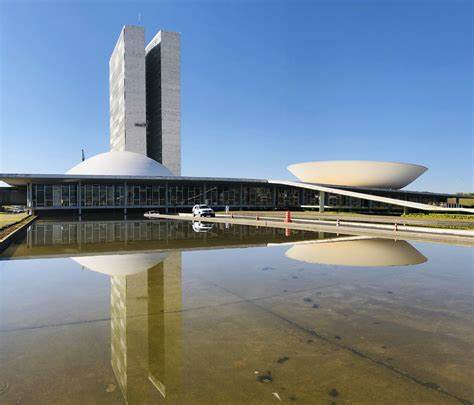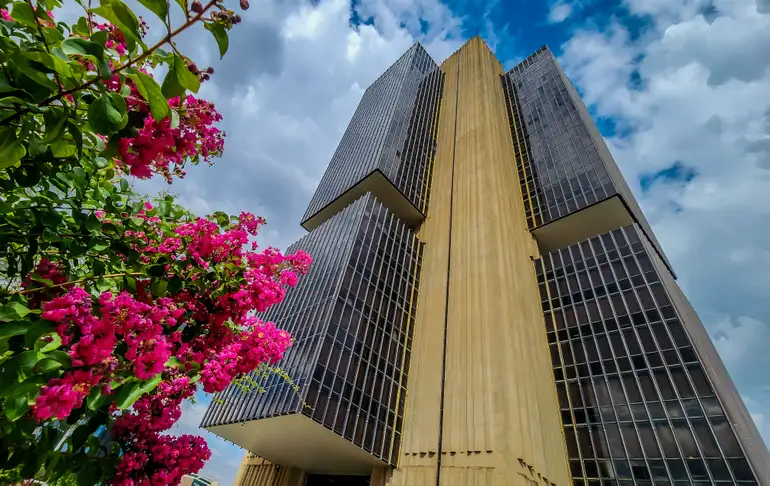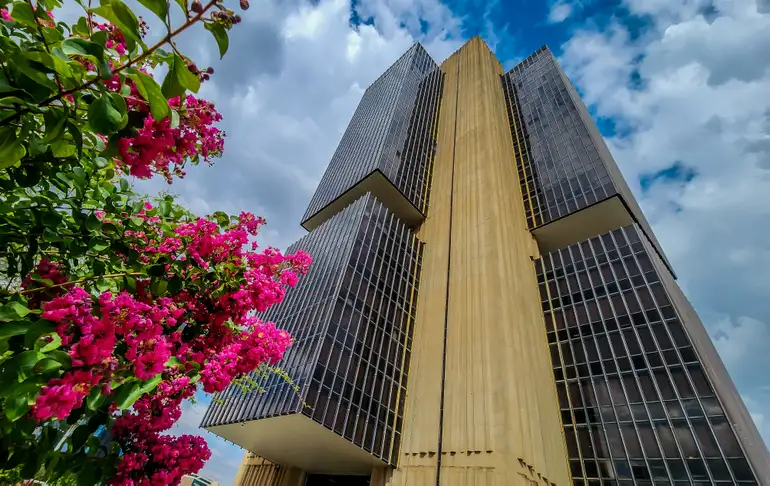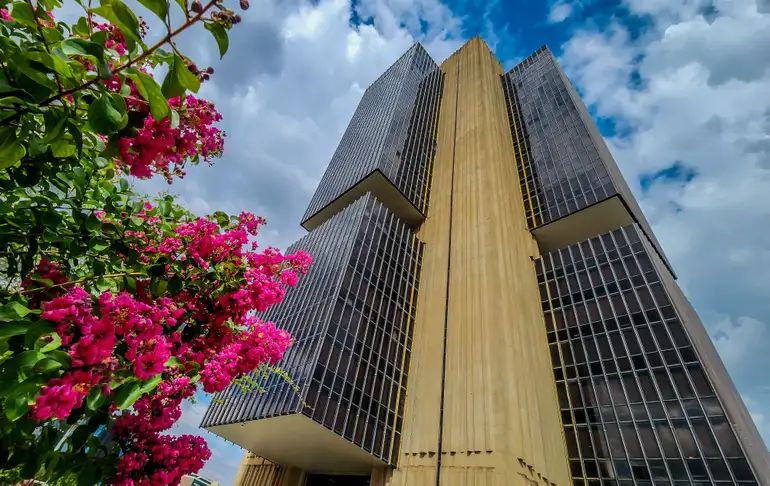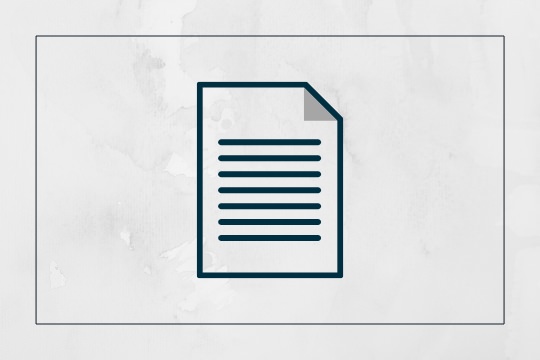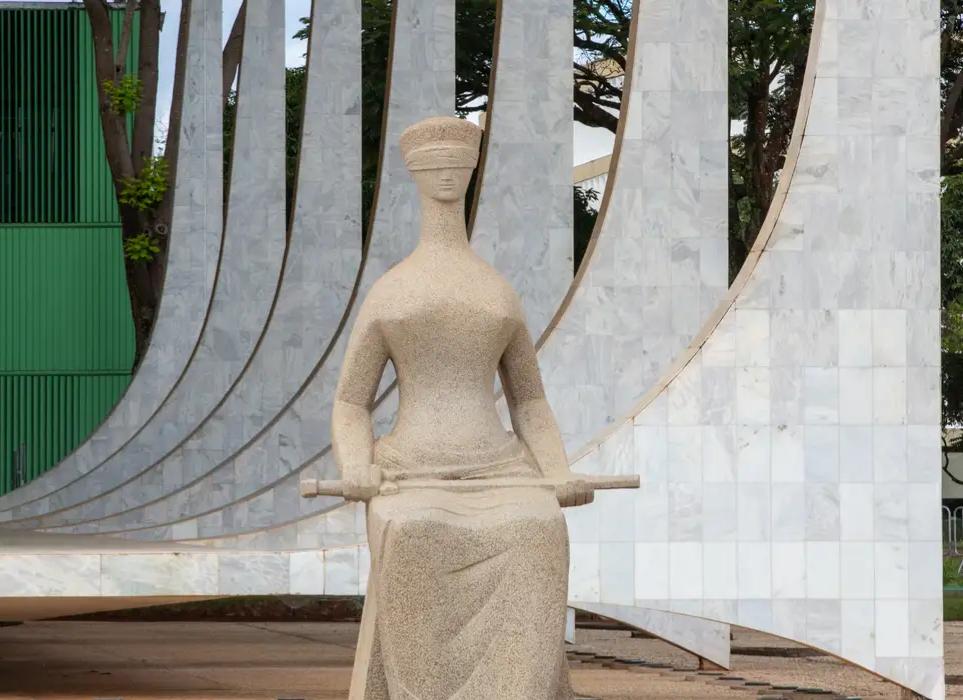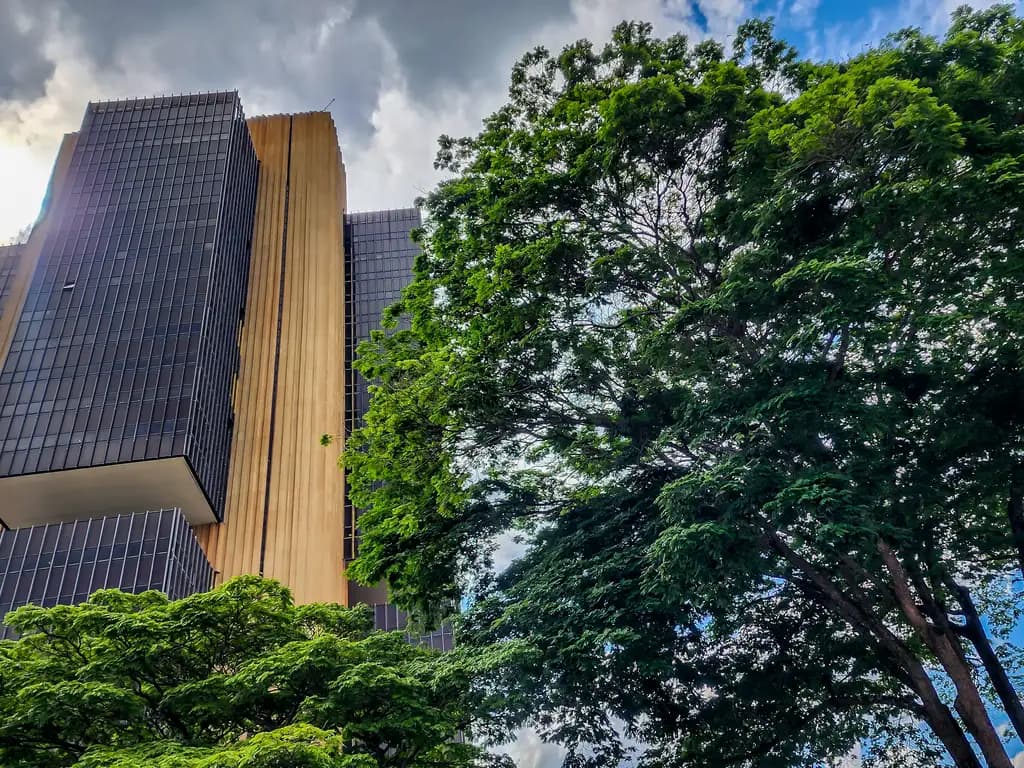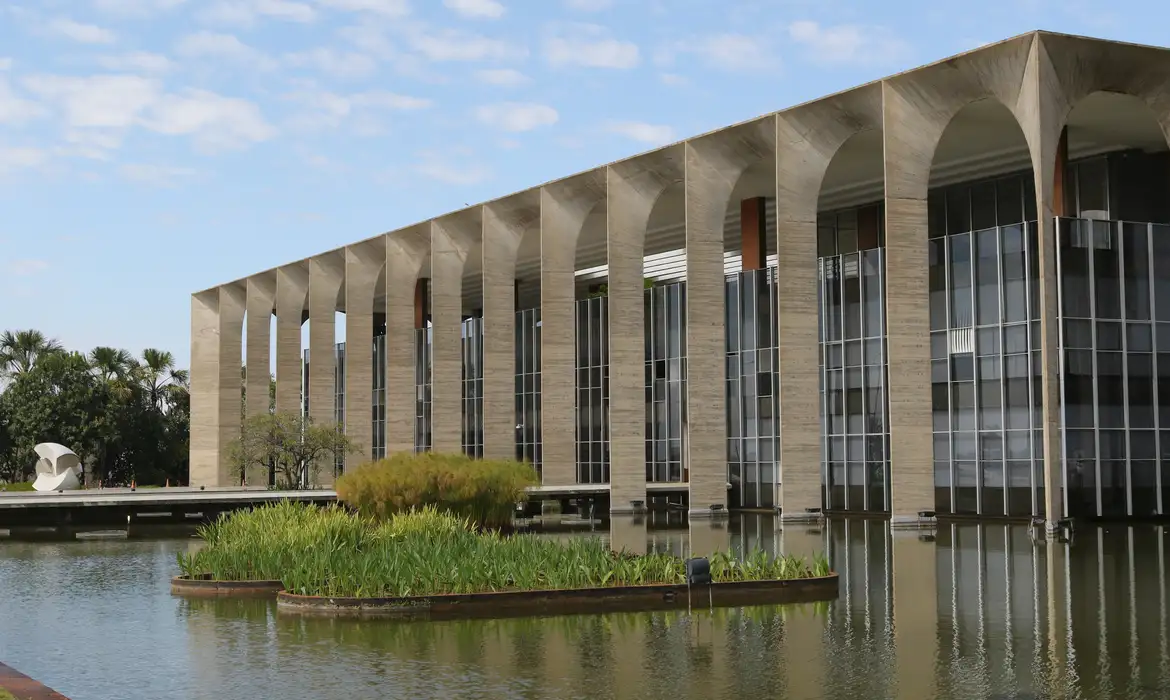The Brazilian Exchange Market and the Efforts Toward Its Simplification
Excessively used, the term "globalization", credited for having been coined by the Harvard Business School professor Theodore Levitt, may now be deemed as a cliché. Nevertheless, the downfall of multinationals and the rise of global corporations – as conveyed by professor Levitt – is fundamental to understanding the exchange market in Brazil and the need to simplify it.
The market for international exchange transactions (essentially entailing the sale of foreign currency in return for its equivalent in national currency, or vice-versa) is undeniably significant with focused governmental attention directed to controlling the economy and the balance of payments.1
The foundations to the Brazilian exchange market were laid on September 3, 1962, by Law No. 4.131 – a law still in force today. At the time, the Brazilian economy was regulated by protectionist policies and few exchange operations were allowed.
In 1988, two exchange rate markets were established in Brazil: (i) the free exchange rate market, which allowed foreign exchange operations for financial transactions, import and export finance agreements and several other specific transactions; and the (ii) the floating exchange rate market, created to stint the growth of black market exchange transactions, which provided the possibility for a broader range of transactions, such as the transfer of money to and from Brazil through accounts in local currency held by foreign banks (the so-called "CC5 accounts").
In the years following, new regulation was needed. As previously regulated, the Brazilian exchange market was no longer adequate to the transactions taking place.
In early 2000, to attract more foreign investment in the Brazilian financial and capital markets, the Brazilian National Monetary Council (CMN) introduced Resolution No. 2.689, which provided the framework to which foreign investment-related exchange transactions should adhere. It was only in 2005, however, that the CMN once again unified the exchange market, via Resolution No. 3.265, dated March 4 of that year, which introduced numerous other changes towards foreign exchange rule simplification.
In 2006, Brazilian exporters were finally allowed to keep their export proceeds abroad, as a prohibition on this practice that had existed since 1933 was revoked.
Recently, also, Law No. 4.131/62 was amended. According to the new wording of its Article 23, Paragraph 7 – modified by Law No. 13.017, dated July 21, 2014 – the use of official document forms, previously mandatory, will no longer be required for exchange transactions of USD 10,000.00 (or its equivalent in other currencies) or less.
At present, adoption of this amendment is still dependent on Central Bank of Brazil regulation. Once in force, this amendment will signify another step towards simplifying the Brazilian exchange regulation
There is still a long road ahead. The cumbersome system employed by the Central Bank of Brazil to register foreign investments and the mandatory classification of exchange transactions according to their incomplete and rigid taxonomy are but two of the problems yet to be solved. Efforts toward simplifying the Brazilian foreign exchange regulation are welcome breaths of fresh air.
1 Salomão Neto, Eduardo. Direito Bancário. 2nd ed. São Paulo: Atlas, 2014.

















